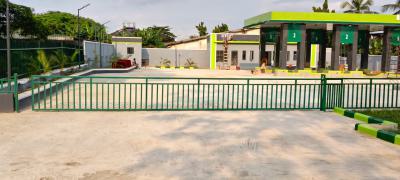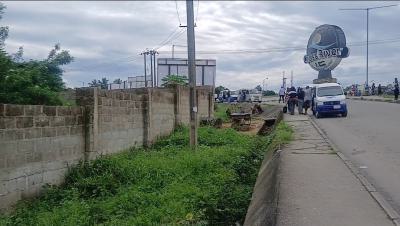Property in Calabar, Cross River
Quick Filters
Categories Types Areas Areas
20
Filling station for sale
By Murtala Mohamed Highway, By Flour Mill Junction, Calabar, Cross River ₦650,000,000Filling station for sale
Murtala Muhammed Highway, Federal Housing Estate Area, Calabar, Cross River ₦1,100,000,000Mixed-use land for sale
Federal Housing Estate By Ikot Ansa High Way, Calabar, Cross River ₦200,000,000Mixed-use land for sale
Rt Hon Rotimi Amaechi Avenue Off Tinapa, Calabar, Cross River ₦4,400,000 per plotMixed-use land for sale
Rt Hon Rotimi Amechi Avenue Off Tinapa Road Municipality, Calabar, Cross River ₦4,400,000 per plotMixed-use land for sale
Rt. Hon. Rotimi Amechi Avenue, Off Tinapa, Calabar, Cross River ₦4,400,000 per plotMixed-use land for sale
Beside Destination Calabar Roundabout, Calabar, Cross River ₦40,000,000 per plotMixed-use land for sale
Along Good Luck Ebele Jonathan Bypass, Calabar, Cross River ₦7,000,000 per plotMixed-use land for sale
11th Mile, Near North West Filling Station, Calabar, Cross River ₦5,500,000 per plotMixed-use land for sale
Eleventh Mile, Calabar Municipal, Near Northwest Filling Station, Calabar, Cross River ₦5,500,000 per plotHow many flats, houses, land and commercial property in Calabar, Cross River are available?
There are 21 available flats, houses, land and commercial property in Calabar, Cross River.
You can view and filter the list of property by price, furnishing and recency.




















